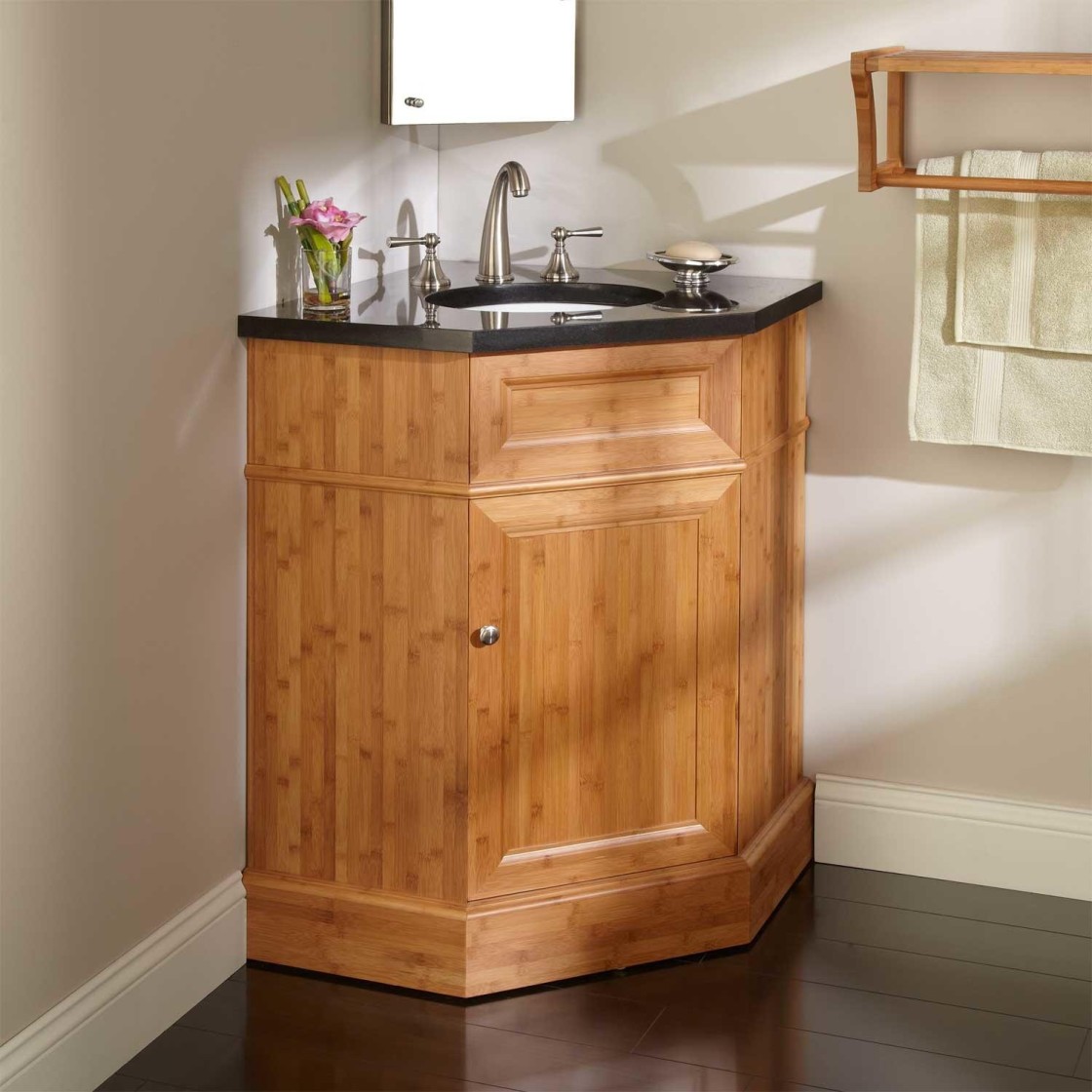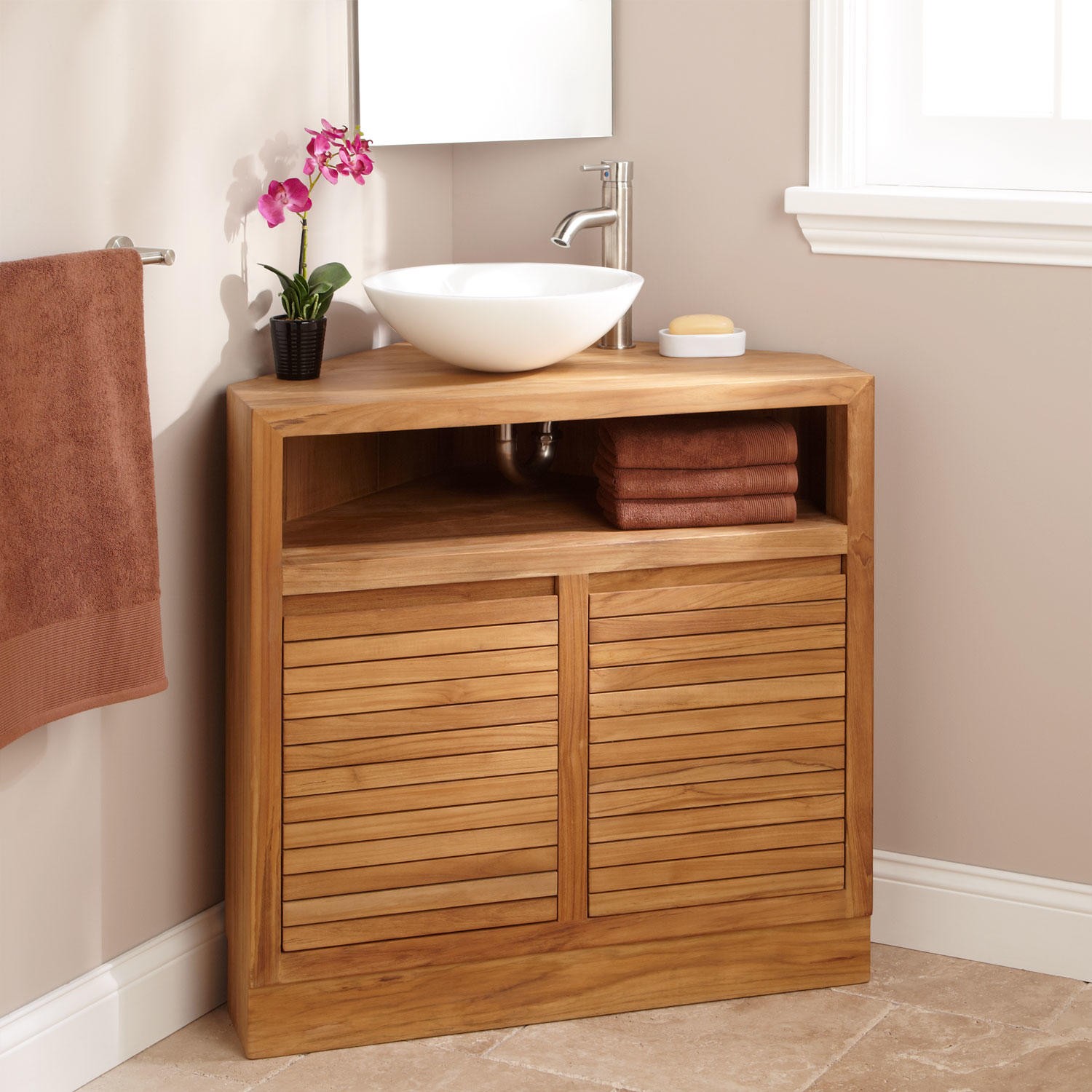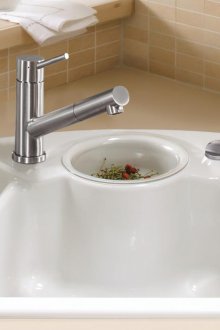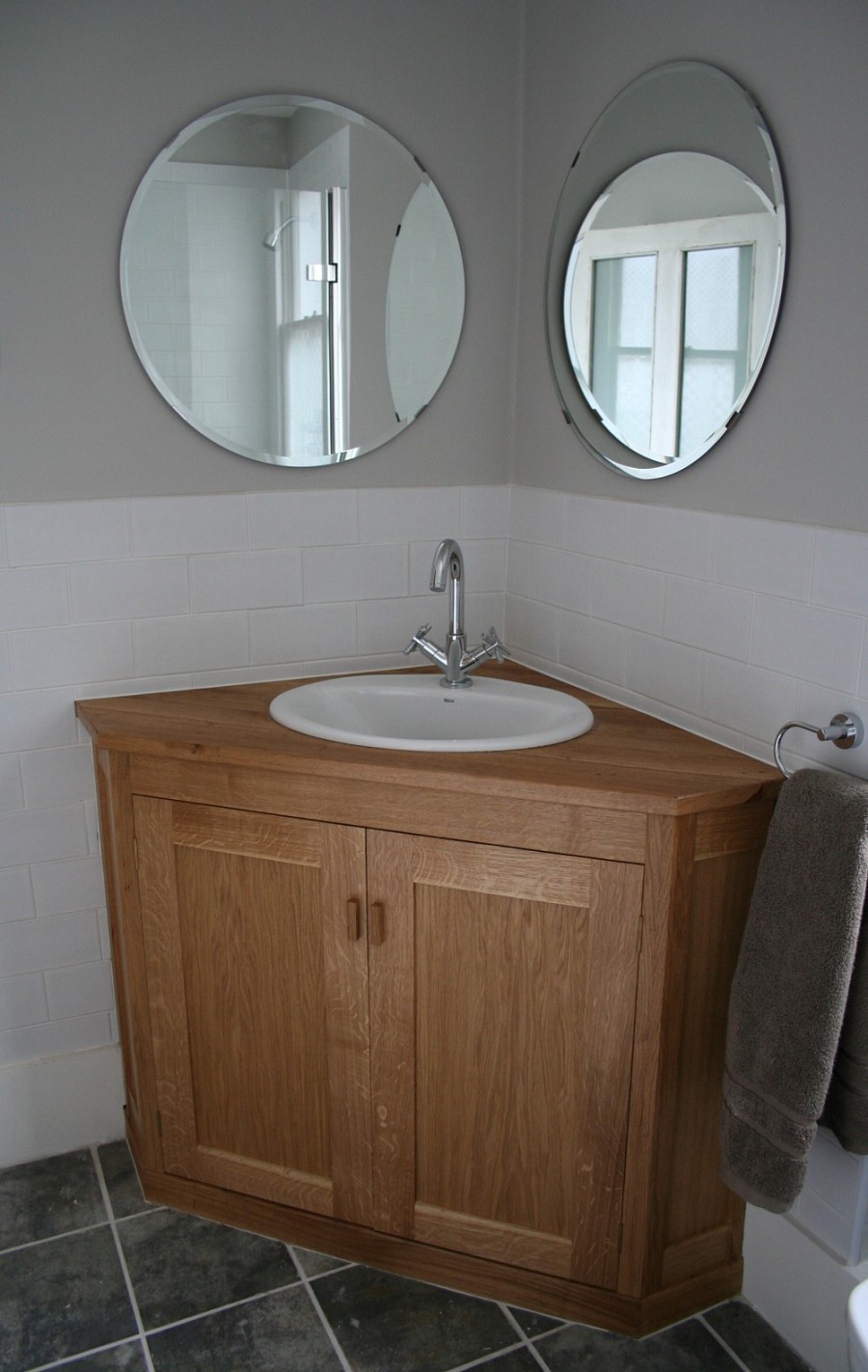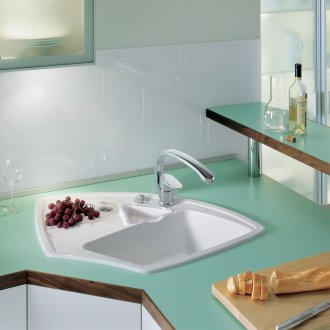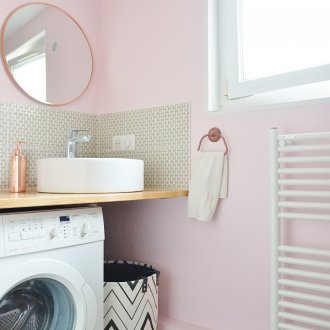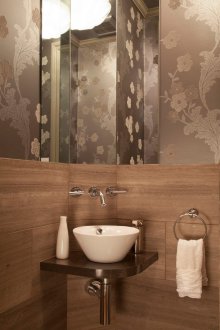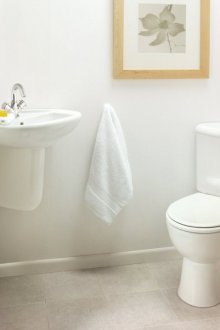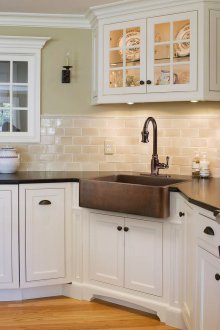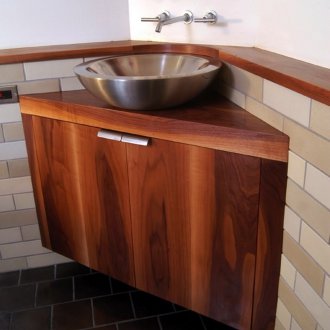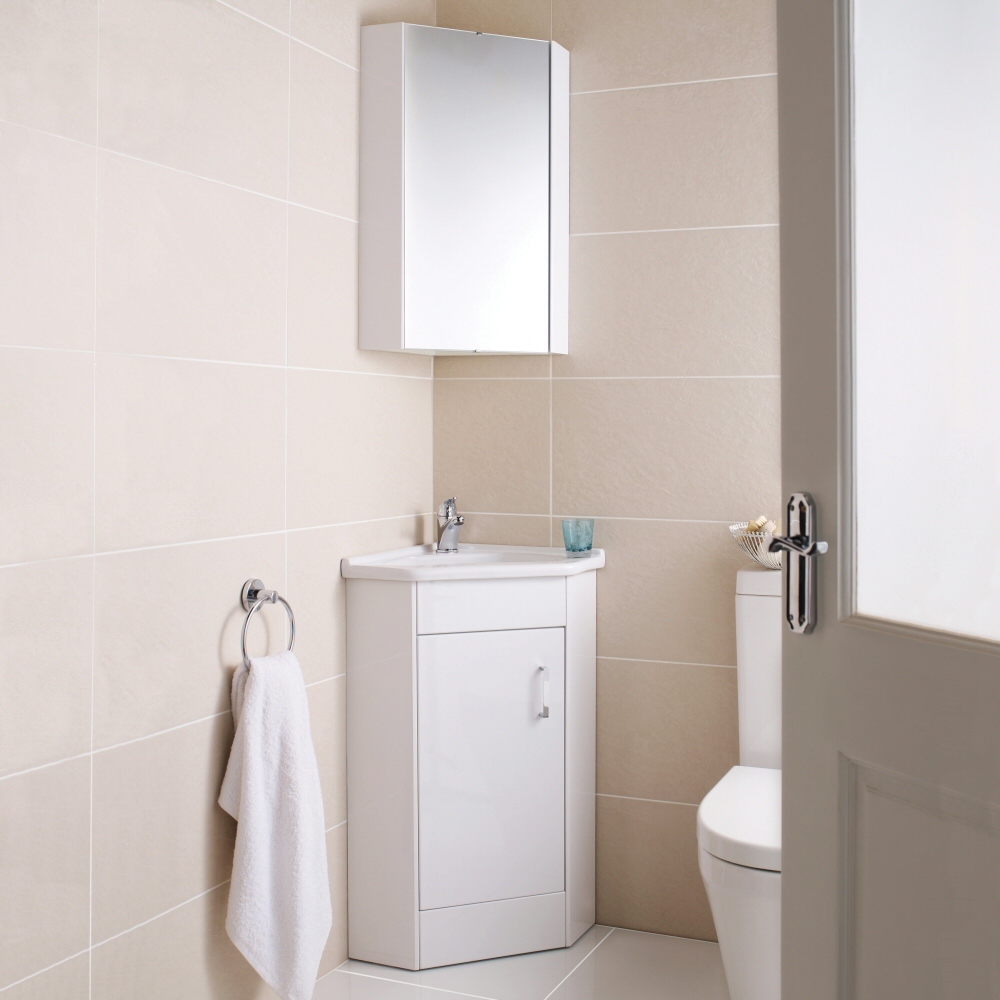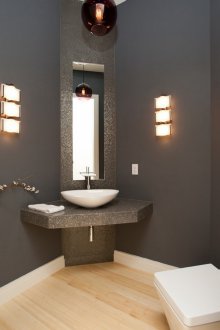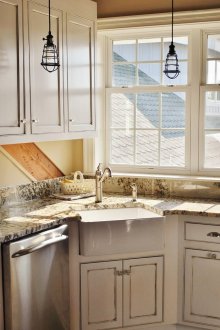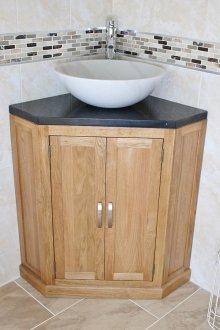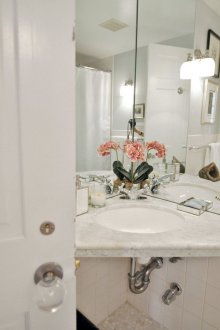Corner sink: practicality, ergonomics and functionality (22 photos)
Content
The corner sink in the kitchen and in the bathroom is an interesting solution that allows you to “replay” the free space in the room differently. Every day more and more things appear in the house, it is already impossible to imagine your life without a washing machine, microwave or refrigerator. Here are the designers and go to all kinds of tricks, coming up with inconceivable designs, so that the design for the kitchen and bathroom is ideal, and the space is correctly used.
Special advantages
The corner sink is most often installed in apartments with a standard type of layout. The kitchen sink complements the interior composition and the furniture array, decorated “l-shaped”.
Among the main advantages of using sinks and sinks of this type, it is worth noting the following:
- A small corner sink in any of the possible configurations always takes up much less space than the traditional rectangular version;
- Due to the enormous number of forms, color solutions, unusual experiments that improve ergonomics and make the design unique, it is possible to choose the most optimal design for any interior;
- The space under the sink for corner sinks is quite large. It is enough to comfortably store household chemicals, utensils, and other accessories there.
Usually the space in the kitchen where the corner kitchen sink is located is used somewhat differently than in the classic version. Significantly reduced the distance between the stove, countertop and the sink itself. This allows the hostess with great convenience to perform all the manipulations.
Cons to face
Any, even the most modern and thought out in all respects, device can still have a number of disadvantages. The popular corner sink in the toilet, kitchen or bathroom may disappoint its owners for the following reasons:
- The angle in fact always in such constructions becomes the so-called "dead zone". The larger the size of the sink, the larger this angle. Some enterprising housewives equip the countertop in the form of a shelf where various household items are stored or just souvenirs and trinkets;
- Carrying out the necessary plumbing measures can be fraught with a number of unexpected difficulties.
There are not so many shortcomings in this type of shells, and there are much more advantages. Moreover, the variety of shapes and sizes allows you to choose a model that will satisfy all the needs and requirements of its owners.
Forms
Despite the specificity of the design itself, the shapes and design of the sinks are quite diverse. Consider the best options:
- The classic corner sink in the bathroom and for the kitchen looks like a fixture with several bowls that are located at an angle of 45 degrees. The sink itself can be round, oval, triangular, square or irregular in shape (if we are talking about an exclusive design line). The floor structure is equipped with one or two wings for dishes. Similar models are quite overall.If there is not enough space in the bathroom or in the kitchen, it is better to refuse such an adaptation. Standard corner designs are optimal for large sizes;
- The small corner sink in the bathroom and the kitchen is a round-shaped model, more in configuration resembling standard designs that are placed along the wall. The main difference is that sinks are built into the surface of the countertop;
- Corner hanging sink - a model that is built into part of the working area in an atypical way - at an angle.
The design of the sinks can be very different. Designers like to experiment with form, materials, and other parameters. However, there is one requirement that remains unchanged in any situation - this is the depth of the wash itself. It should be 20 centimeters (a possible deviation from the norms by 3 - 4 centimeters). Too deep a sink will force you to bend all the time, which is extremely inconvenient. If the bowl is shallow, it’s also very inconvenient to wash the dishes and carry out other important household procedures.
Types of sinks by type of installation
A corner sink in the interior of a kitchen or bathroom can look completely different. This largely depends on how the structure was mounted in part of the working area:
- Built-in sinks of a cut-in type (the design as if is buried in a monolith of a table-top);
- Corner hanging sink of the laid on type (with the help of small sides the whole structure is held on the countertop);
- Table-top models (such sinks are slightly smaller than the previous versions, are installed by means of special clamps under the tabletop).
Regardless of the type of installation, rounded mini-sinks are most often preferred. When choosing a sink, it is necessary to take into account how many dishes will be washed in it, how often, what other manipulations they may carry out.
About Materials
Operational characteristics, features of the use of the model and its appearance largely depend on what materials were used for its production. Even the smallest corner sink with a stand located in the bathroom will last much longer if really high-quality materials and fittings were used to create it.
Stainless steel
Stainless steel structures are ideal for the kitchen. Due to the special properties of the metal, you can create products of any shape and configuration. Among the main advantages that stainless steel has, it is worth noting:
- Unpretentiousness in operation;
- Resistance to shock;
- Metal bowls never break;
- The color of steel is harmoniously combined with faucets, as well as various household accessories and appliances;
- Metal does not suffer from high temperatures and household chemicals;
- Low cost for stainless steel goods.
Disadvantages also exist, but they are not so significant. Glossy surfaces may scratch appliances. In case of inaccurate operation, drops of detergents, food debris may remain on the surface of stainless steel sinks, even foodstuffs, even ordinary water, may “stain” the gloss of the sink.
The noise of falling water and any sounds originating in a stainless steel bowl will upset with its extraordinary volume. Also, steel structures are used specifically for the kitchen, but in the bathroom you can meet "noble metal" less often. An exception is the case when the design of the bathroom is harmoniously combined with stainless steel products (modern, techno, minimalism, futuristic direction).
Ceramics
Ceramic corner sinks with a curbstone for a bathroom are more acceptable than for a kitchen. There are different sizes that allow you to effectively beat the free space in the room. Mini-models are suitable for small bathrooms, where there is a minimum of free space.
Large ceramic sinks with a pedestal and several compartments for storing various appliances will be appropriate in a spacious apartment. Modern ceramics is a refractory strong material that is used in the production of a wide variety of sanitary fixtures.
Usually from ceramics of the same type form a whole set for the bathroom. Standardly it includes a sink (sometimes even supplemented with a spare washbasin), as well as a bidet with a toilet. In this case, the sink, like other elements, can be integrated into other functional components.
Ceramics always look stylish, do not change their appearance over a long period of time. The only negative is the relatively high cost when compared with stainless steel counterparts.
Enamel
For the kitchen, models of enamel corner sinks will be inappropriate. They are prone to mechanical damage and cracking. Gloss quickly loses its luster, and if chips form on the surface, it is almost impossible to mask them in any way.
There are sinks made of enameled steel and cast iron. The first option is good for both home and office, and is also often found in public areas. Such products are inexpensive in price and look good in any interior.
Enameled cast-iron sink embodies modest elegance. The main advantage of cast iron is its incredible strength. Mini-designs due to processing with high-quality enamel can decorate any interior.
A rock
Natural stone and high-quality porcelain tile always favorably complement absolutely any interior composition. Both enormous stone sinks and mini-versions of artificial analogues imitating luxurious marble or granite will add special respectability to the room, the design will seem richer and more expensive.
It is difficult to find a more noble material, both for kitchen locations and for bathrooms. High-quality products delight with special advantages:
- Scratch resistant;
- Ease of care;
- Stone products are not afraid of blows;
- Surfaces do not change color or texture under the influence of cleaning products;
- There are always many options in terms of the choice of color, shade, texture, imitation of various natural “patterns”;
- Porcelain mini-sinks look as impressive and rich as large structures;
- Sizes, shapes, configurations of models are presented in a wide assortment.
Stone products are attractive in their stylistic versatility. In the bathroom or in the kitchen you can radically change the interior concept several times, but a sink made of precious stone will look spectacular in any version.
Composite materials
Composite materials are a combination of granite and quartz chips using special technologies with acrylic resin, which gives the mixture special heat resistance and impressive strength characteristics. The most popular materials are silacryl and corian.
Composite sinks look stylish and also delight with their performance characteristics. At the same time, sinks are attractive in a mini-format, and in the event that the dimensions of the model are quite impressive.
The choice of the sink, in particular the material for it, is an important step in arranging the kitchen space and the bathroom. Do not neglect the recommendations of experts. Also, when buying any goods, it is important to get acquainted with quality certificates.


